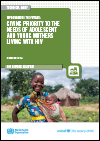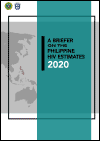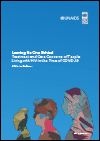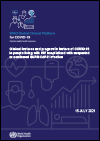Publications on People Living With HIV (PLHIV)
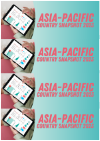
The country HIV snapshots prepared by UNAIDS’ HIV and AIDS Data Hub for Asia Pacific provide comprehensive information on the HIV epidemic and response in Asia and the Pacific countries. Download the country snapshots to find out the most up-to-date HIV data and analysis.
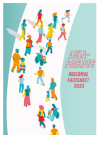
Marked inequalities and diverse epidemic trends affect progress in the HIV response in Asia and the Pacific. The HIV epidemic in the region disproportionately affects people from key populations, especially young people (aged 15–24 years), and their sexual partners. Download the regional factsheet to find out the most up-to-date HIV info, data and analysis.
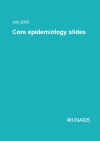
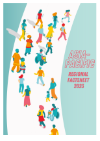
UNAIDS new Global AIDS Update report shows 29.8 million of the 39 million [33.1 million–45.7 million] people living with HIV globally are receiving life-saving treatment. An additional 1.6 million people received HIV treatment in each of 2020, 2021 and 2022.
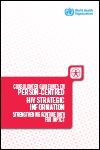
These guidelines focus on the collection and use of person-centred data across the HIV cascade – from prevention, testing and treatment to longer-term health care – building upon 2017 and 2020 strategic information guidelines. The updated guidelines present a standard minimum dataset, priority indicators and recommendations to strengthen data use across HIV prevention, testing and treatment, and linkages to services for sexually transmitted infections, viral hepatitis, tuberculosis and cervical cancer.
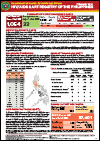
In February 2022, there were 1,054 confirmed HIV-positive individuals reported to the HIV/AIDS & ART Registry of the Philippines (HARP) and were accounted to the total (96,266) reported cases since January 1984. Moreover, 28% (297) of individuals reported in February had advanced HIV infection at the time of testing.
